
Beijing ZEHO Waterfront Ecological Environment Treatment Co., Ltd. was established in 1997 and is positioned as an "urban waterfront space operator". It is a national high-tech enterprise and a Beijing enterprise technology center.The company has been deeply engaged in the field of ecological environment for 27 years, with the concept of sustainable development at its core and guided by Nature-based Solutions (NbS). It has established three major business segments: ecological environment governance, ecological water infrastructure, and urban waterfront spaces, offering customers a systematic solution encompassing "technology + design + construction + operation + business", and is committed to facilitating sustainable development between humans and nature through intelligent ecology.
Learn more >
With 27 years of experience in the ecological environment field, ZEHO ECO upholds the concept of sustainable development as its core and is guided by Nature-based Solutions.
Learn more >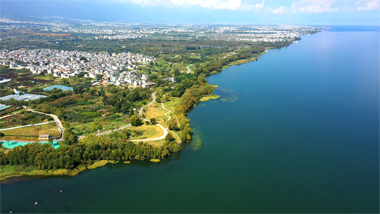
We dived deep into the eco-environment industry and built up a service system covering the whole industry chain of design, build, intelligence, investment, and operation.
Learn more >

We stimulate the vitality of organizations and individuals through professional training system and career development path, and help employees and enterprises grow together.
Learn more >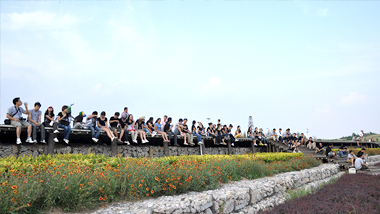
If you have any questions about our business, products, technologies and cooperation, please contact us through the following channels.
Learn more >
Ecological Restoration Design of Erhai Lake Riparian Buffer, Dali, China by ZEHO ECO was selected as one of the top 100 ecological environment innovation projects in the "14th five year plan"
The top 100 projects were collected and selected by China Environment News, which is in charge of the Ministry of Ecological Environment, and finally compiled into a book for nationwide promotion. The top 100 projects compilation is aimed at promoting technological innovation, management innovation and service innovation in ecological and environmental engineering, and helping to deepen the fight against pollution. The selection of ZEHO ECO’s project is the affirmation of relevant departments and institutions for our company to integrate the concept of sustainable development and Nature-based Solutions (NbS) into the construction of the river and lake ecosystem.
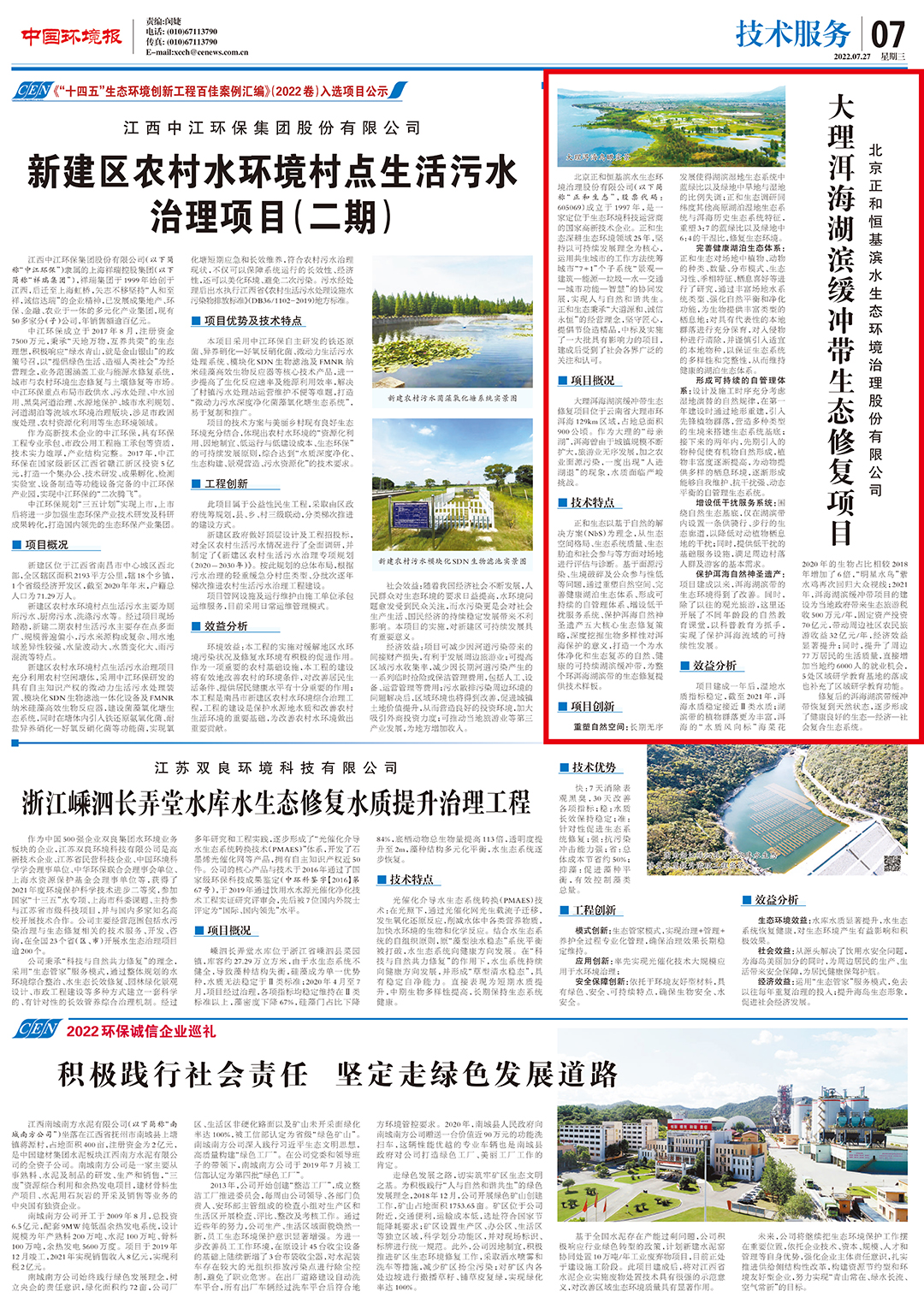
On July 27, China Environment News published a public announcement on the Ecological Restoration Design of Erhai Lake Riparian Buffer Zone, Dali, China by ZEHO ECO
Ecological Restoration Design of Erhai Lake Riparian Buffer Zone, Dali
by ZEHO ECO
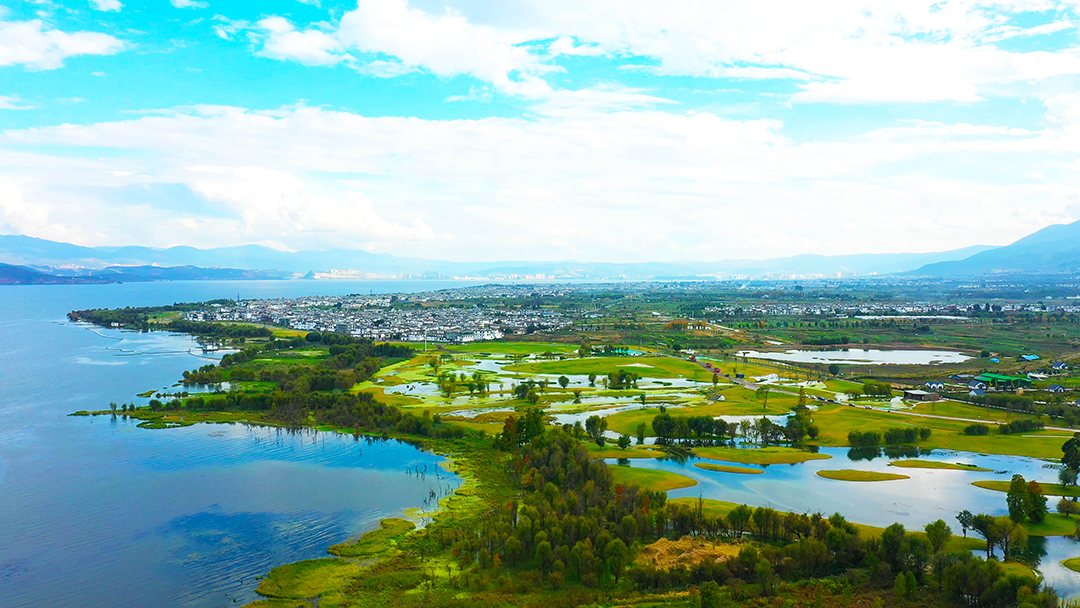
aerial view of Erhai Lake in Dali
01 Project Overview
The 129 km long, 900 hectare restoration of Erhai Lake greatly improves the quality of the “iconic yet filthy water” while connecting it to the surrounding towns. The lake has spiritual value for many communities, such as the Shuanglang and Xizhou, and serves as a place of worship for the Bai people, an ethnic minority of over 50% of Dali. The beautiful aquatic, blooming Ottelia acuminata is an indicator species and its significant return demonstrates the new sustainability of the lake.
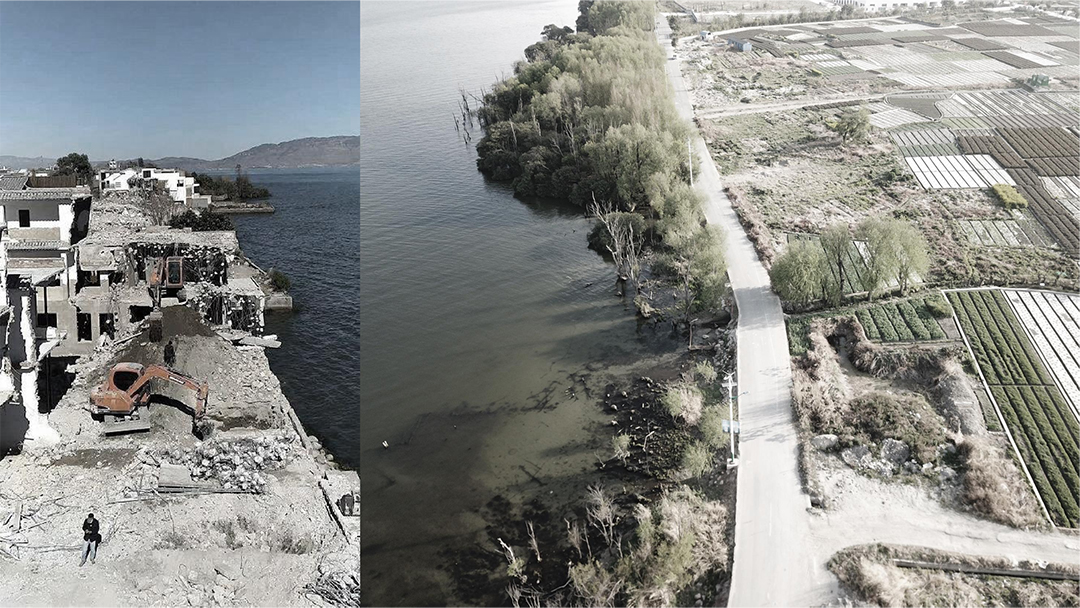
the contradiction between human and land has intensified
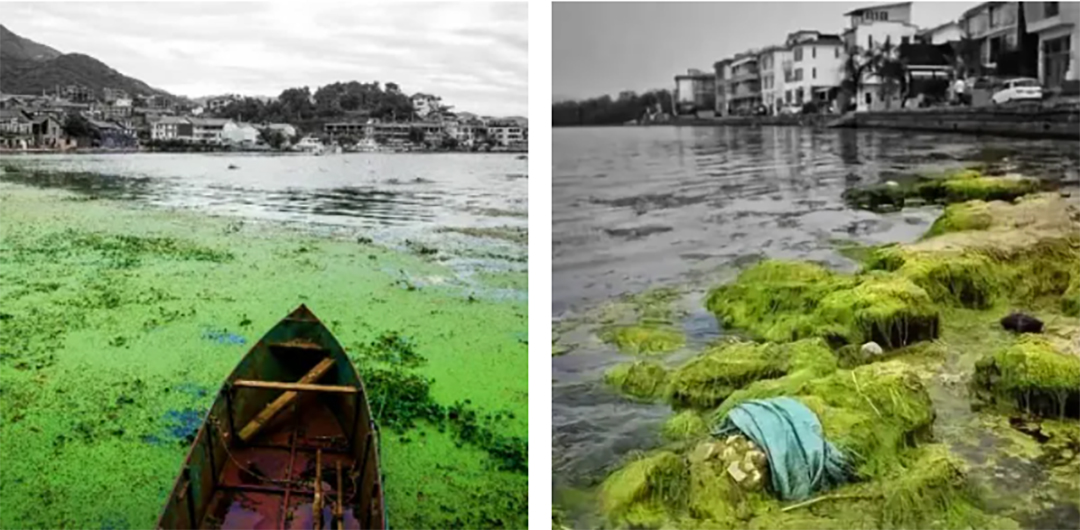
water quality faces severe challenges
The developed masterplan uses dynamic measures and methods in diverse scales to limit poor development practices and respond to social challenges, achieving maximal ecological benefit with minimal human intervention. With a multitude of government and local players, the project reinvigorates and monitors the entire watershed with waterscape management. The included slow traffic ways and facilities have created a boom in daily usage of the lake.
02 Technical Features
Taking Nature-Based Solutions (NbS) as the most important guidelines, the design team used natural protection programs including ecological reconstruction, auxiliary regeneration, natural restoration, conservation, to restore the shoreline encroached upon by farmlands and hotel structures to a sustainable buffer zone for water purification and ecological restoration.

current situation assessment and target index determination based on watershed scale
03 Project Innovation
Renaturation: The long-term disordered development had made the Erhai Lake riparian buffer zone invaded by farmlands and structures. A negative feedback exacerbated the ecological environment. The proportion of blue – green in typical natural lakeside wetland ecosystem and the proportion of dry land and wetland in greenspace were unbalanced. By investigating the wetland ecosystems of other highland lakes at the same latitude and the historical ecosystem characteristics of the Erhai, the blue-green ratio of 3:7 and the dry-wet ratio of 6:4 in greenspace were reconstructed, and the plant coverage and habitat fragmentation were designed in conditions which approximated the wild as closely as possible.
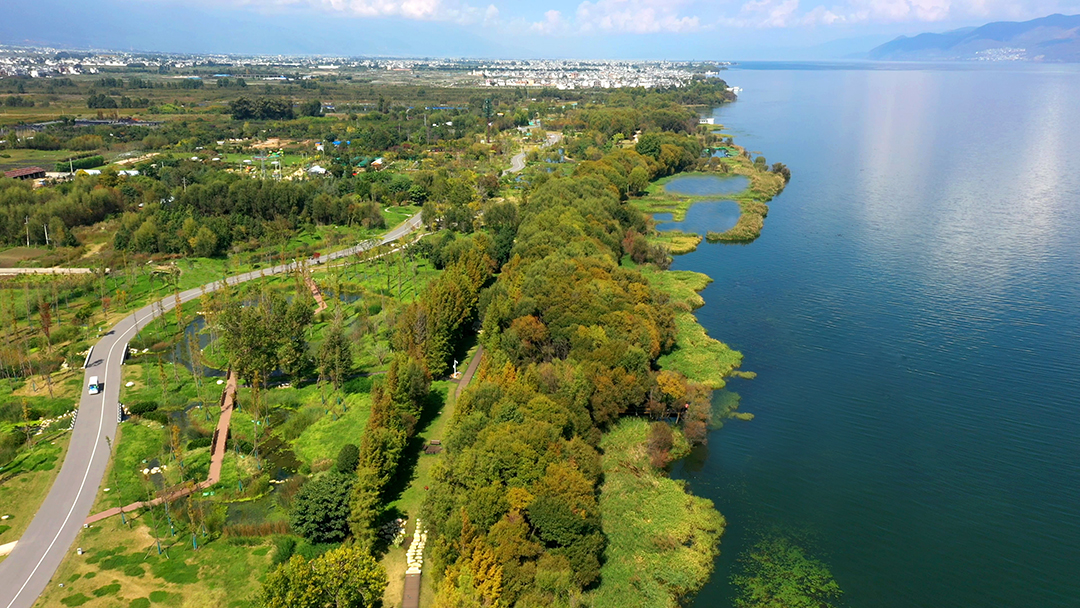

renaturation
Lake Ecosystem Health: The design team studied species, quantities, distribution patterns, ecological habits, seasonal characteristics and habitat preferences of plants and animals. By diversifying the water system, the natural balance and purification functions were strengthened in the site, which provided varying habitats for wildlife. The design also conserved local biotopes, removed invasive species, and introduced appropriate native species to ensure the diversity and integrity of the ecosystem, to maintain a healthy lake ecosystem.
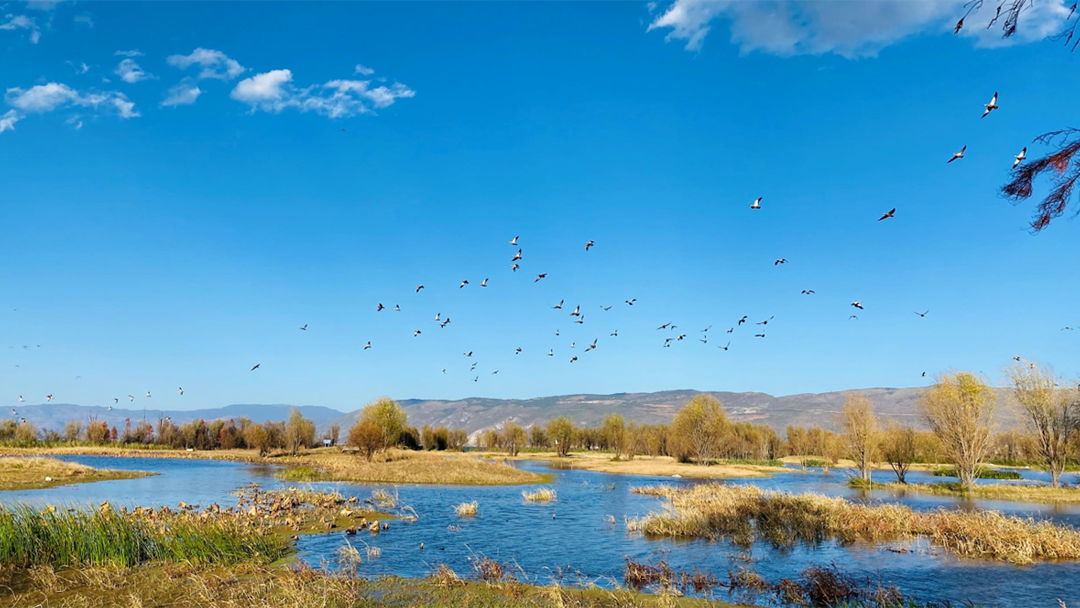
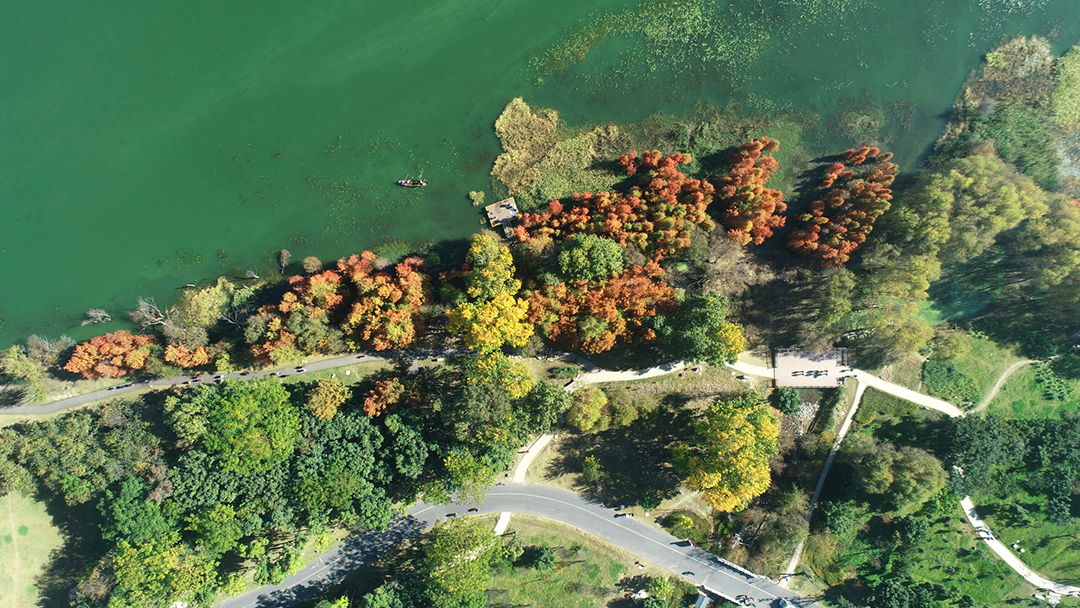
estuarine wetland
Sustainable Future Management: The natural succession was considered in all design and construction sequence. In the first year of construction, pioneer plant communities were introduced through terrain reconstruction, and different biological habitats built the ecosystem basis. In the next two years, the early introduction of species promoted the natural accumulation of organic matters, and slowly increased the botanical diverseness, including grasses and wildflowers, thus providing a variety of habitats for animals. After the natural succession of the community, the competition among species made the ecosystem became stable, and formed a self-management ecosystem with self-maintenance, robust anti-interference and dynamic balance.
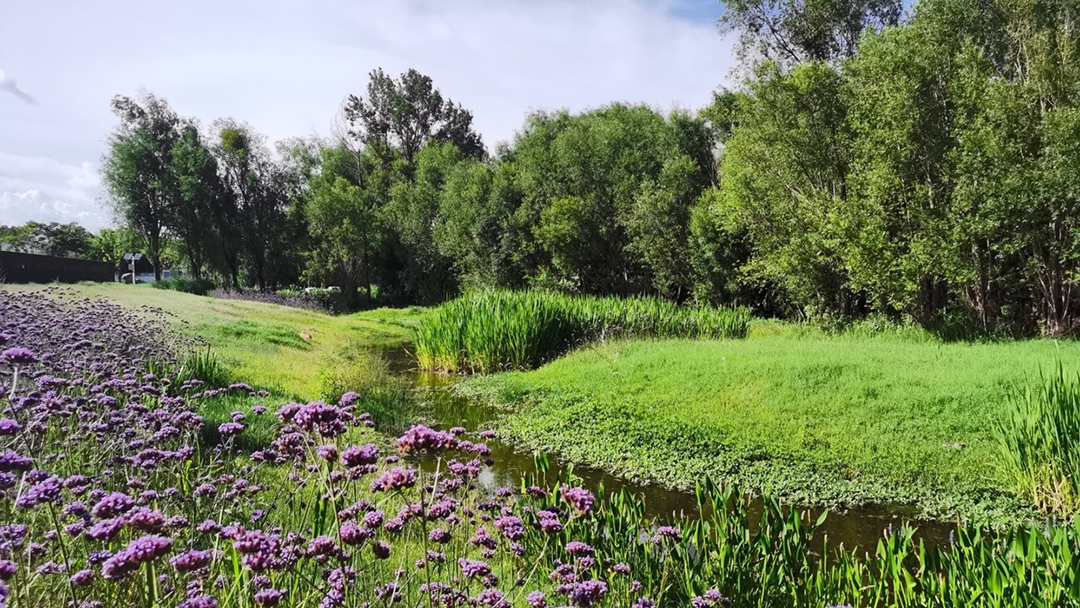
self managed surface flow wetland
Add low-jamming service system: Only one cycling and walking path designed under the site condition along the lake edge acts as an ecological corridor, reducing the disturbance to the biological habitats. Low-interference infrastructures, including ecological post stations, clean energy sightseeing buses and shared bicycles, met the basic requirements of the surrounding villages and tourists.
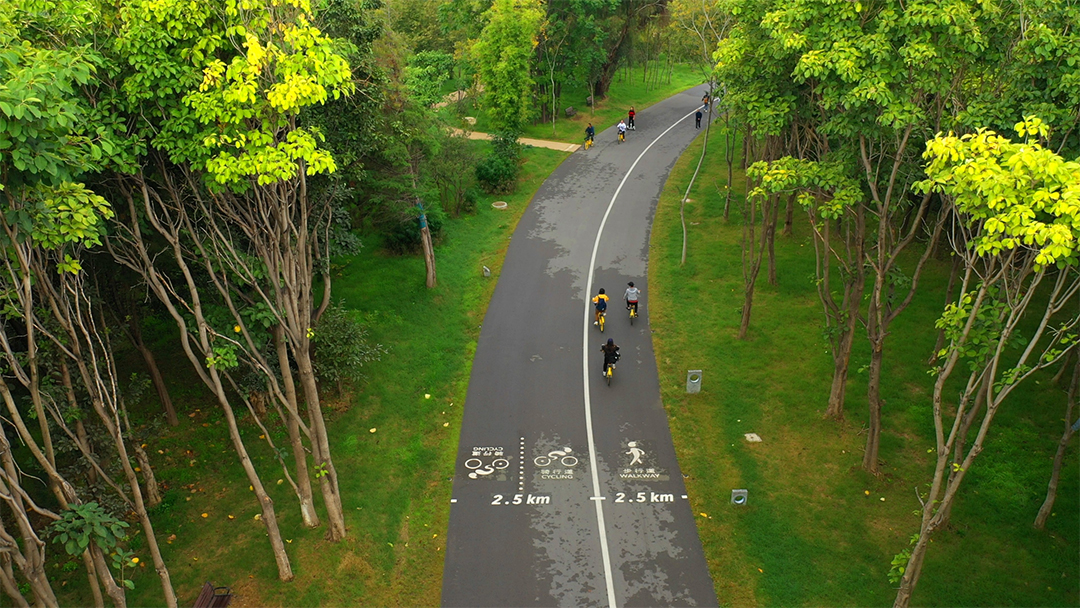
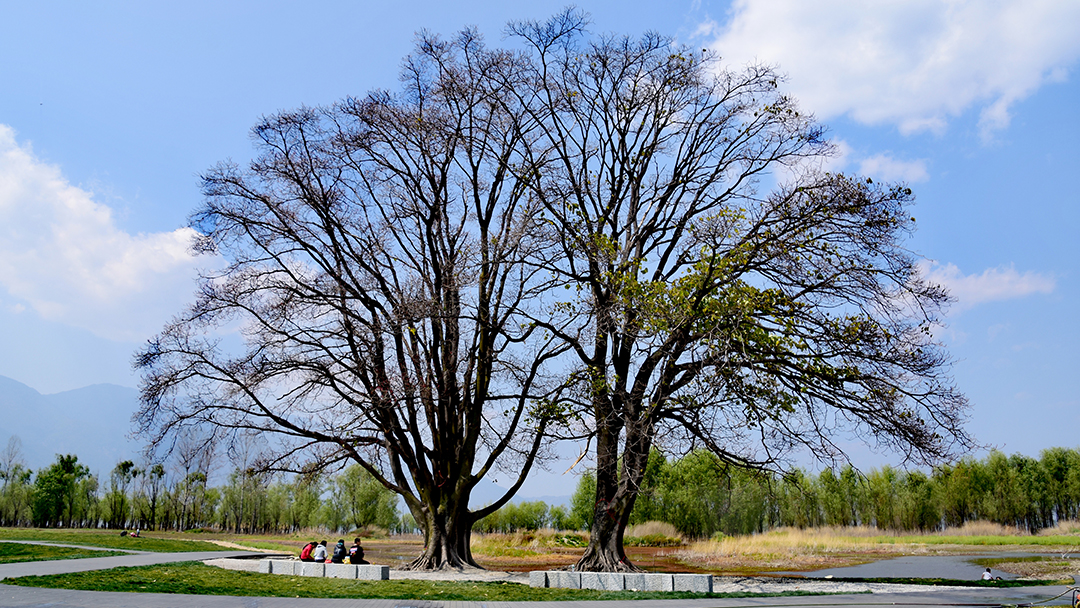
low-jamming service space and facilities
Protect Erhai Natural and Sacred Heritage: The initial purpose of the project is to propose effective nature-based solutions between Erhai conservation and development. The presence of the naturalized lake edges has seen the quality of environment promoted and the beneficial activities increased. Besides sightseeing, there are also nature education classes for different ages. With scientific education as the starting point, the project will serve the Erhai Lake’s natural sacred heritage for protection and sustainable development to come.
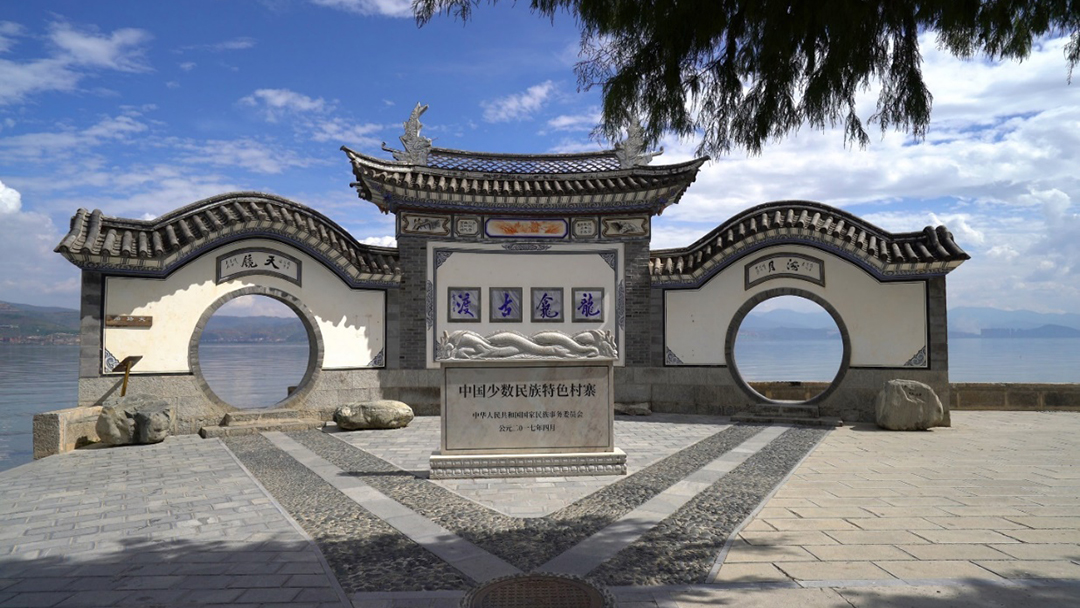

protect Erhai natural and sacred heritage
04 Project Benefits
After construction, the team tested the effectiveness of the ecological restoration through continuous monitoring. In the 900-hectare natural lakeside buffer zone, 350 ha wetland can reduce chemical oxygen demand by 1,160,957 kg, total nitrogen by 59,540.7kg, and total phosphorous by 17,963.7 kg annually. The water quality of Erhai Lake has been upgraded from Case IV to Case II (water standard in China). Biodiversity, especially the number of birds, has improved significantly. The Ottelia acuminata that were wiped out by pollution have returned to rebloom.
This project proposed effective methods and strategies to protect the natural landscape and resolve the conflicts between man and nature. It reflects the ability to solve complex social and economic problems, reversing the negative impacts of overdevelopment and facilitating the development of a healthier and more cohesive Erhai Lake community. The project raised the quality of life for residents and preserved the culture of minorities. The average passenger flow in the Erhai area has reached 11,600 people a day, with more than 4,000 people using bicycles and other slow-traffic facilities. The upgraded environment has positively influenced the local industry. The restored lakeside attracts many primary school classes, photographers, and hikers, making for a more colorful and engaging community atmosphere.
Erhai Lake Ecological Restoration Project sets forth methods and strategies to protect the natural landscape and solve the contradiction between man and land, permanently limits poor development practices and has outlined a regional process of responsible development combined with preservation of lake.
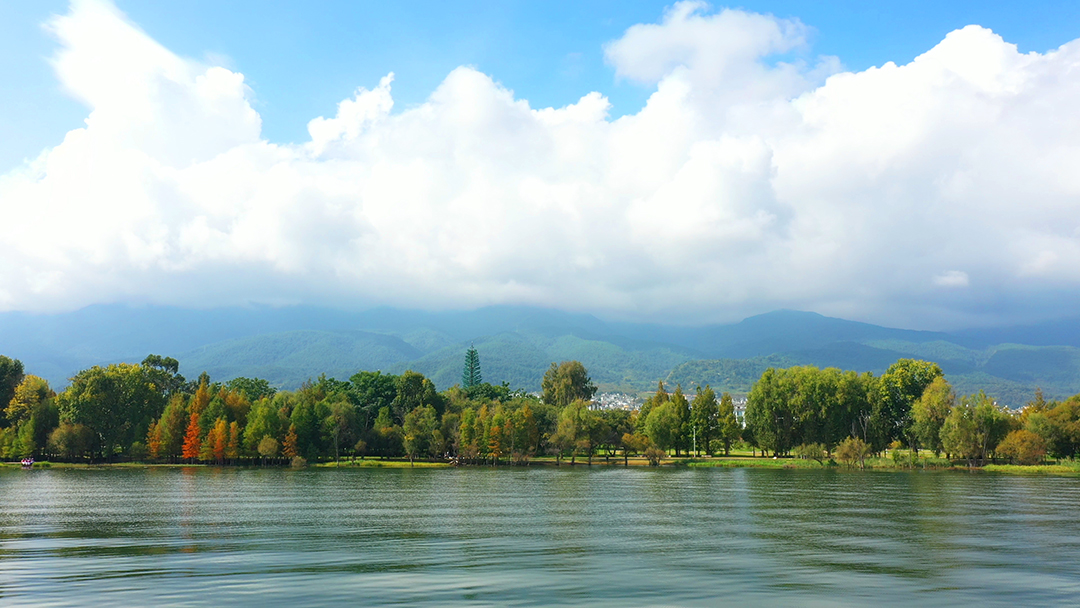
Erhai lakeside buffer zone restored to natural state
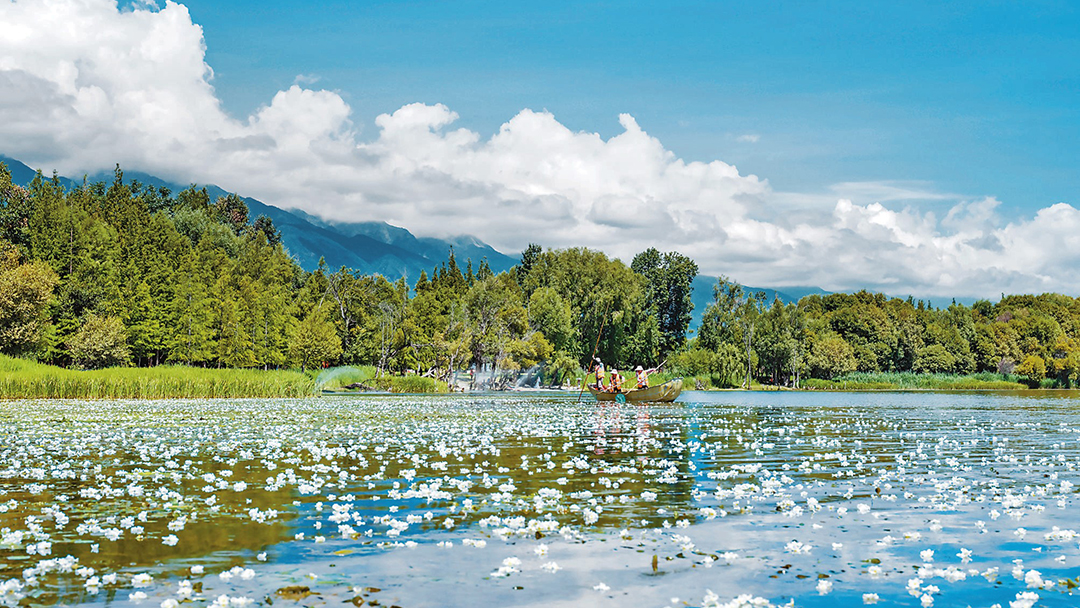
"water quality wind vane" -- seaweed flower reappears in Erhai Lake
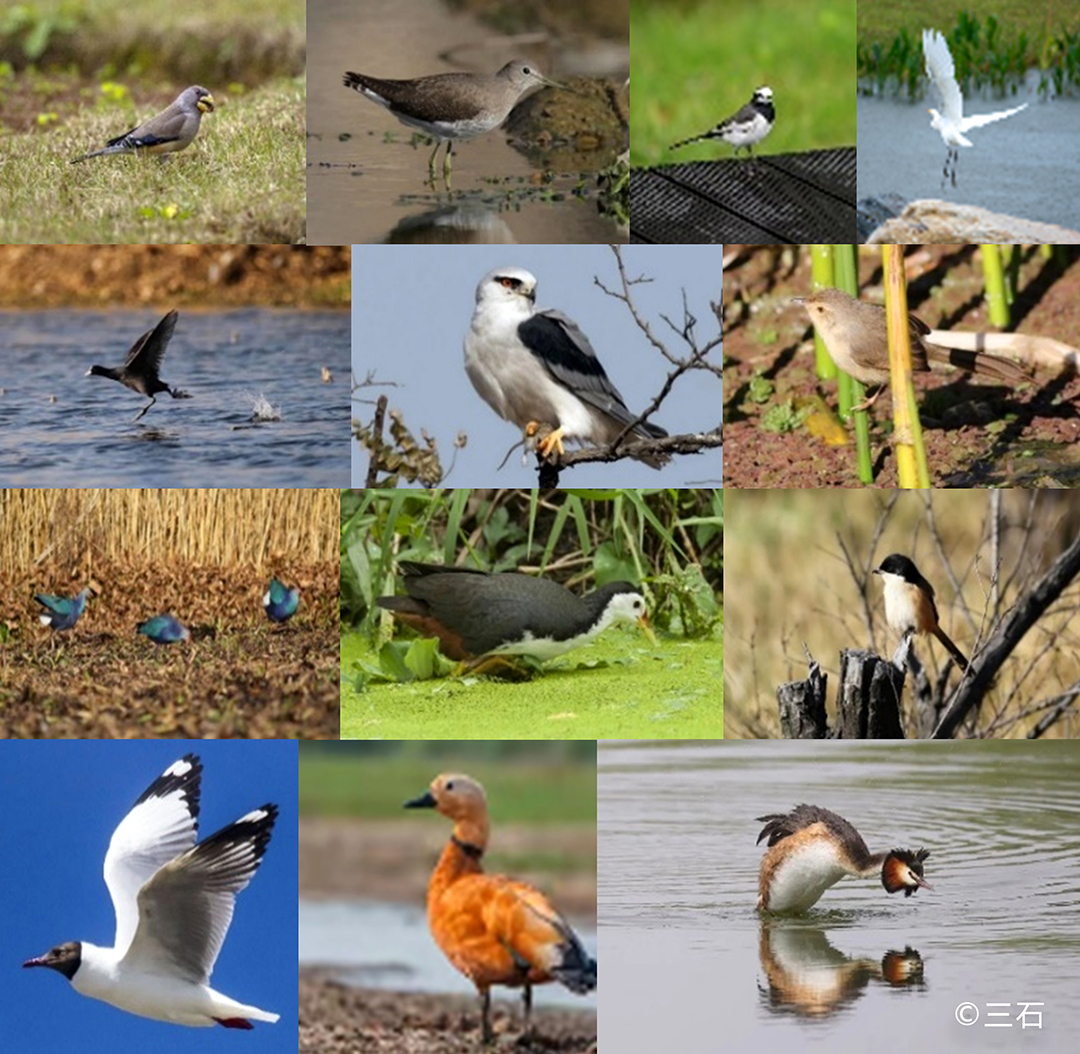
biodiversity improvement (photographed in Erhai ecological corridor in 2019-2020)

ecological value of Erhai Lake drives the development of tourism industry

research and learning base helps Erhai become a natural education classroom